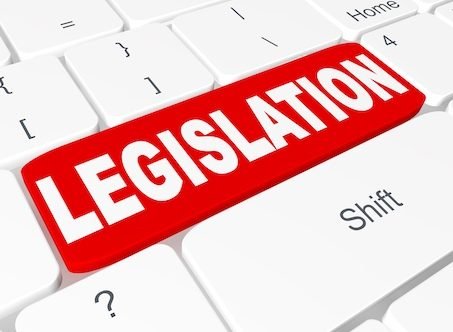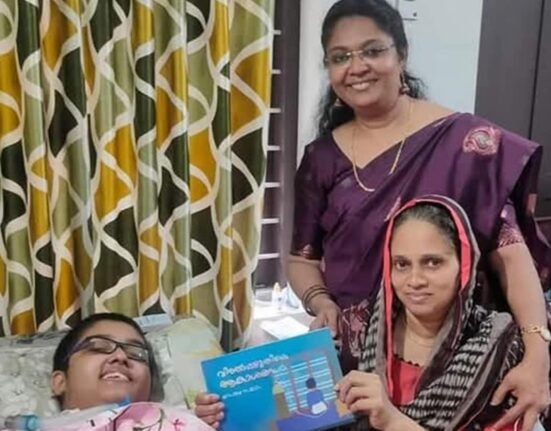“This enhanced coordination will help bolster innovation while preventing inappropriate tactics to delay access to affordable generic medications. – Durbin/Tillis press release
 U.S. Senate Democratic Whip Dick Durbin (D-IL), Ranking Member of the Senate Judiciary Committee, and Senator Thom Tillis (R-NC), as well as Senators Chuck Grassley (R-IA), Chairman of the Senate Judiciary Committee, Chris Coons (D-DE), and Peter Welch (D-VT) this week reintroduced a bill titled “The Interagency Patent Coordination and Improvement Act,” which would create a task force between the United States Patent and Trademark Office (USPTO) and the Food and Drug Administration (FDA) “to improve communication and coordination in implementing each agency’s activities related to pharmaceutical patents,” according to a press release.
U.S. Senate Democratic Whip Dick Durbin (D-IL), Ranking Member of the Senate Judiciary Committee, and Senator Thom Tillis (R-NC), as well as Senators Chuck Grassley (R-IA), Chairman of the Senate Judiciary Committee, Chris Coons (D-DE), and Peter Welch (D-VT) this week reintroduced a bill titled “The Interagency Patent Coordination and Improvement Act,” which would create a task force between the United States Patent and Trademark Office (USPTO) and the Food and Drug Administration (FDA) “to improve communication and coordination in implementing each agency’s activities related to pharmaceutical patents,” according to a press release.
Efforts to increase collaboration between the two agencies have been in the works for several years. The USPTO first published a Request for Comments in October 2022 asking the public for input on “proposed initiatives directed at bolstering the robustness and reliability of patents to incentivize and protect new and nonobvious inventions while facilitating the broader dissemination of public knowledge to promote innovation and competition.” That RFC stemmed in part from a July 2022 letter sent by the USPTO to the Food and Drug Administration (FDA) outlining the USPTO’s planned initiatives to help combat perceived links between patents and drug pricing problems. The letter identified a number of projects, including enhanced collaboration with agencies like the FDA, such as “initiatives to require patent applicants to provide relevant information to the USPTO that has been submitted to other agencies and to remind patent applicants of their disclosure obligations and the ramifications of failing to disclose required information at the USPTO”.
The July letter was a response to the FDA’s September 2021 letter to the USPTO, which expressed concerns about criticisms that “certain uses of the patent system” allow for delaying the introduction of generic and biosimilar drugs. Specifically, continuation patent practices, “which may allow the filer to obtain follow-on patents directed to inventions disclosed in earlier patents,” creating “patent thickets,” and the practice of “evergreening,” in which patents are obtained on “’post-approval’ or ‘secondary’ changes to previously approved drug products such as new formulations of the same drug, new delivery systems, or patents claiming various additional methods of use.”
While not much came of the agency-level USPTO-FDA efforts, the premise has been sharply criticized by many in the patent community, with the U.S. Chamber of Commerce’s Global Innovation Policy Center (GIPC) publishing a blog post last year urging the Office to resist such “misguided ‘coordination’ efforts”. And in 2023, in response to another USPTO RFC, retired Federal Circuit Chief Judge Paul Michel said the USPTO and FDA lack Congressional authority to enter into many of the collaboration initiatives contemplated. In his comment, Michel said: “In short, the suggested USPTO-FDA coordination seemingly invites the FDA to participate in substantive legal decisions on patent law,” when the USPTO is the only Executive Branch agency authorized to make decisions based on patent law.
But the recent press release by Durbin, Tillis and the other senators said that “numerous concerns have been raised about gamesmanship, abuses, or lack of clarity that can harm prescription drug affordability by limiting generic competition.” The bill passed the Senate Judiciary Committee in both the 117th and 118th congresses.
Senator Tillis has also co-sponsored past iterations of the bill. “Enhancing coordination between the USPTO and FDA will ensure that patent examiners have the necessary information to make well-informed decisions regarding patentability,” said Tillis in this week’s press release. “This bill is a straightforward, commonsense measure that strengthens the patent system, improves patent quality, and reduces unnecessary bureaucracy.”
But the GIPC said in its 2024 blog post that “under the guise of coordination, activists are pushing proposals for the [FDA] to be consulted on patent examinations beyond the simple measures that are already in place.” GIPC Vice President, Patents and Innovation Policy, Brad Watts, said the USPTO’s past proposals have been “a solution looking for a problem” and have been proven not to exist by the USPTO’s own research. Any further coordination requirements between the USPTO and FDA would create additional red tape that would ultimately slow down the innovation process, said Watts.
But this week’s announcement about the bill said it will help to streamline the patent and drug approval processes for both agencies. The release said:
“Specifically, the task force created by this legislation would: enhance information sharing on each agency’s processes, standards, and methods; improve dialogue on new technologies and scientific trends; enable confidential reciprocal access to information, if requested and only as needed, related to prior art; ensure accurate representations by companies between the two agencies; and ensure accuracy of patent listings. This enhanced coordination will help bolster innovation while preventing inappropriate tactics to delay access to affordable generic medications.”
Interestingly, Tillis lamented the focus on the role of patents in the drug affordability equation during a 2024 hearing on drug pricing, explaining that the narrow focus on patents has led to a lack of insight on the many other factors involved in prescription drug costs. He alluded to his thwarted efforts to obtain information on I-MAK’s data, for instance, which Professor Adam Mossoff and others have called out as being flawed, and implored those on the Judiciary Committee to acknowledge that drug pricing is a “sausage-making factory” that involves many players and that singling out patents will not solve the problem.
Image Source: Deposit Photos
Author: Konstantinp
Image ID: 70846679








